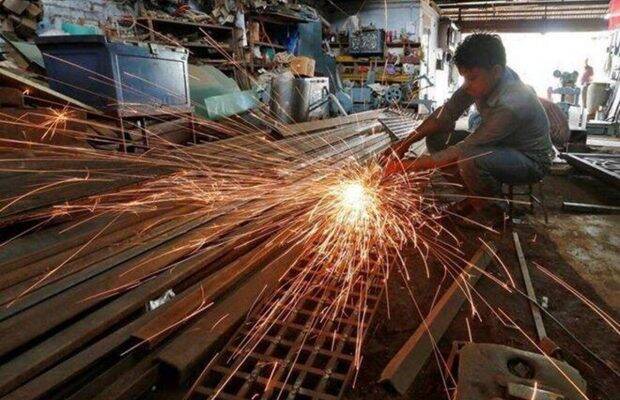The index of industrial production (IIP) grew 3.2% in October, compared with 3.3% in September and 12% in August, as a purported rise in demand in the build-up to Diwali was blunted by supply bottlenecks in key sectors, including automobiles. Of course, a relatively unfavourable base (IIP had risen 4.5% in October 2020) also weighed down growth.
In fact, the IIP performance has rarely been encouraging over the last two-and-half-years; well before the pandemic hit the country, industrial production had been stagnating. Strong growth rates in some of the recent months were largely attributable to deep contractions caused by the pandemic in the respective year-ago months.
Given that capital goods – a gauge for investment – and consumer durables contracted from a year before (albeit on high base) in October, ahead of the key festival season, a broad-based and sustained industrial recovery is clearly yet to take root. In fact, durables output shrank at the fastest pace in 14 months. Moreover, a sub-1% rise in consumer non-durables for a second straight month in October reinforces the fears that a recovery in private consumption remains tentative as yet.
Elevated raw input prices and the limited ability of producers to pass on the costs to consumers may have discouraged some firms from scaling up production as well, some analysts reckon. On a month-on-month basis, however, industrial production grew 4.3% in October.
Capital goods output contracted 1.1% in October from a year before, against a rise of 2.4% in the previous month. Consumer durables output shrank 6.1%, while non-durables rose just 0.5%.
Barring mining, which grew 11.4% in October, the growth of manufacturing and electricity remained lower than expected at 2% and 3.1%, respectively.
Aditi Nayar, chief economist at Icra, pointed out that even when supply challenges in the auto sector persisted, the performance of several other high frequency indicators – including electricity demand, GST e-way bills and port cargo traffic – deteriorated in November from a year before. This suggests that “economic activity lost steam after the festive season ended, with a satiation of pent-up demand”. “Accordingly, the IIP growth may print sub-3% in the just-concluded month, in spite of the low base (-1.6% in November 2020),” Nayar said.
E-way bill generation dropped to its lowest in five months in November, indicating a fragile consumption story. However, the manufacturing PMI scaled a 10-month high in November, offering some comfort to policymakers.
Predicting a “weak set of IIP number” in the rest of FY22, DK Pant, chief economist at India Ratings, said: “Weak (private) consumption and investment trends imply that the heavy lifting to take the economy out of sluggish growth has to be done by the government.”

